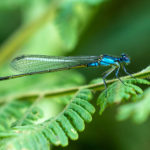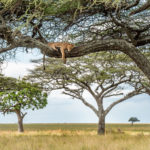Tip of the month: May 2022. Three things that affect depth of field.
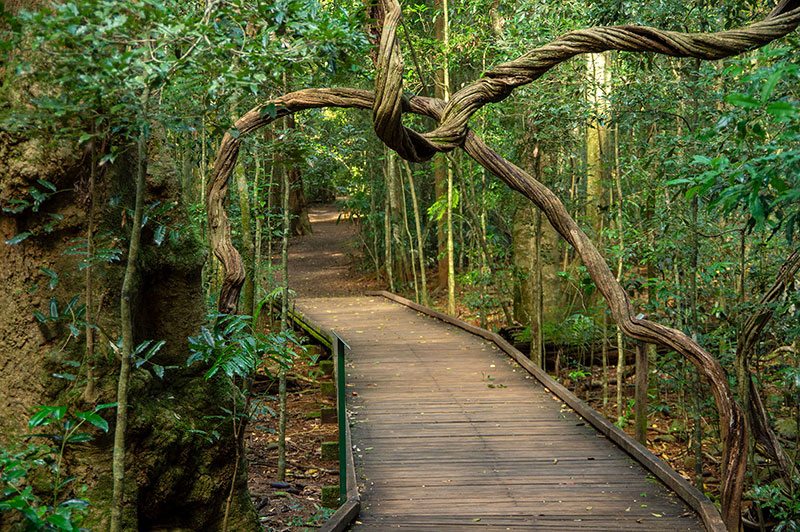
One of the first things we learn in photography is that aperture affects depth of field. Unfortunately for many people it’s the ONLY thing they learn about depth of field. But there are three factors involved and the only way to really get control of DOF in your images is to understand all of them.
FOR A MORE DETAILED LOOK AT THIS TOPIC SEE MY NEW VIDEO ON YOUTUBE: CLICK HERE
-
DISTANCE FROM THE SUBJECT. The closer you are to the subject the less depth of field you will have. Consider wildlife photography – generally we try to get as close as possible to the subject, and that’s one of the reasons why it is so easy to isolate the subject. But consider the opposite situation: the further you get from the subject, the more depth of field you have. And when we shoot landscapes, we tend to be standing further away from our subject – that’s one of the reason why it is so much easier to keep everything sharp in a landscape photos.

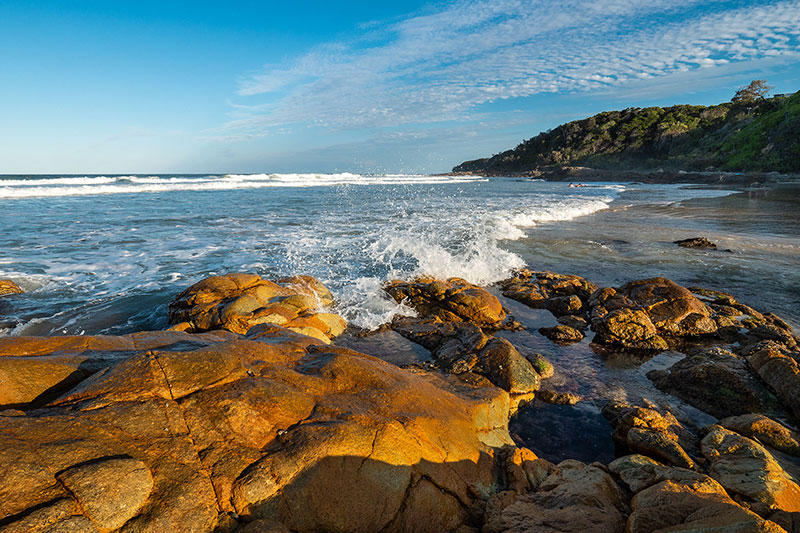
2. FOCAL LENGTH. The bigger the lens you use (i.e. telephoto, greater focal length) the smaller the depth of field becomes. And again there’s a flip-side. The smaller the lens (i.e. wide angle, shorter focal length) the greater the depth of field. Once again, consider that most of your wildlife photos are taken with a telephoto lens, leading to a shallow DOF in most situations. And landscapes and cityscapes are usually done with wider-angle lenses, inevitably leading to more depth of field and more detailed photos throughout.

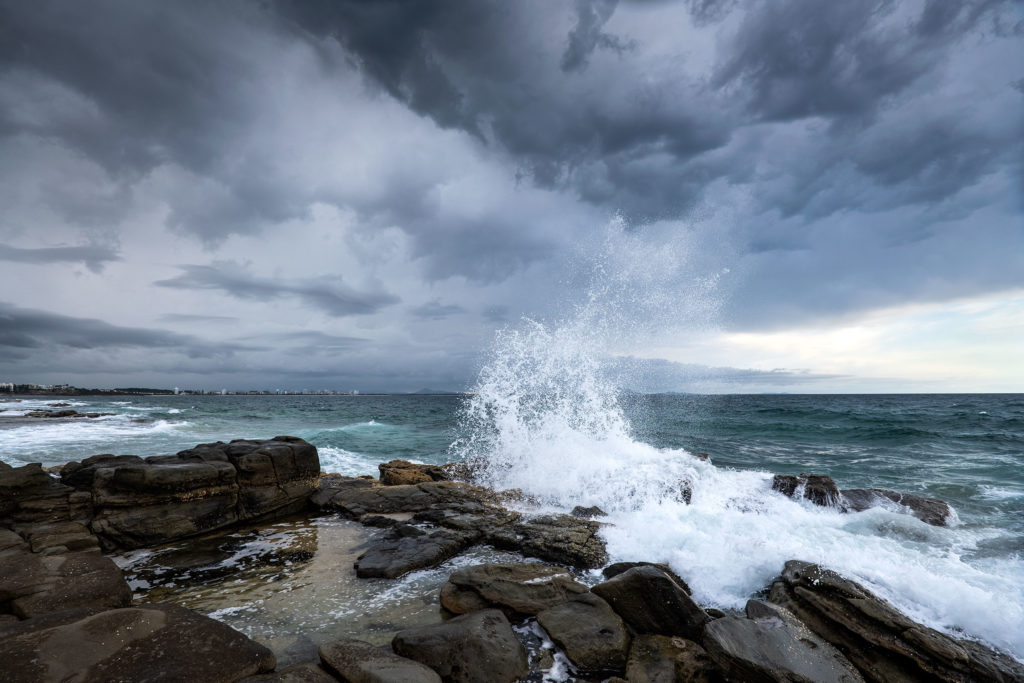
PUTTING 1 AND 2 TOGETHER. Both of our previous points can go hand-in-hand. Whenever the subject appears closer to the camera, depth of field is reduced. And that can be EITHER because of a bigger lens or getting closer to the subject. And if the subject appears further away (either due to distance or a wide angle lens) depth of field is much stronger.
So for landscapes and other wide angle photos, depth of field is usually maximised by a combination of a more distant subject and use of a wide angle. Take a look at my crashing wave photo (above). Everything is sharp from foreground to distance due to these two factors combined.
3. APERTURE / F-STOP. A wide aperture (small F-number) creates a relatively shallow depth of field. A small aperture (big F-number) will create more. But only in situations where the depth of field is shallow to begin with. Take yet another look at my rainforest and beach photos on this page: everything is sharp from front to back. So for those photos, changing the aperture would not increase the DOF because it is already at maximum.
So when does aperture make a difference? When your DOF is shallow to begin with. When shooting at close range with a telephoto lens (think macro photography), sometimes the depth of field is so small that it’s impossible to keep all of the subject in focus. That’s when changing the aperture can make a big difference to the result.
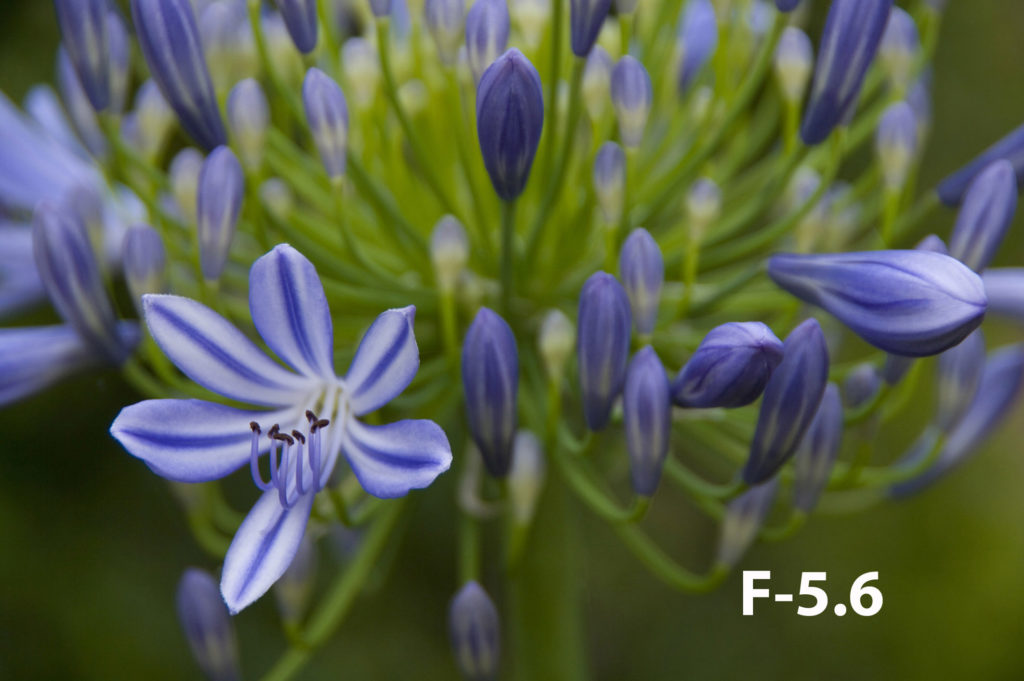
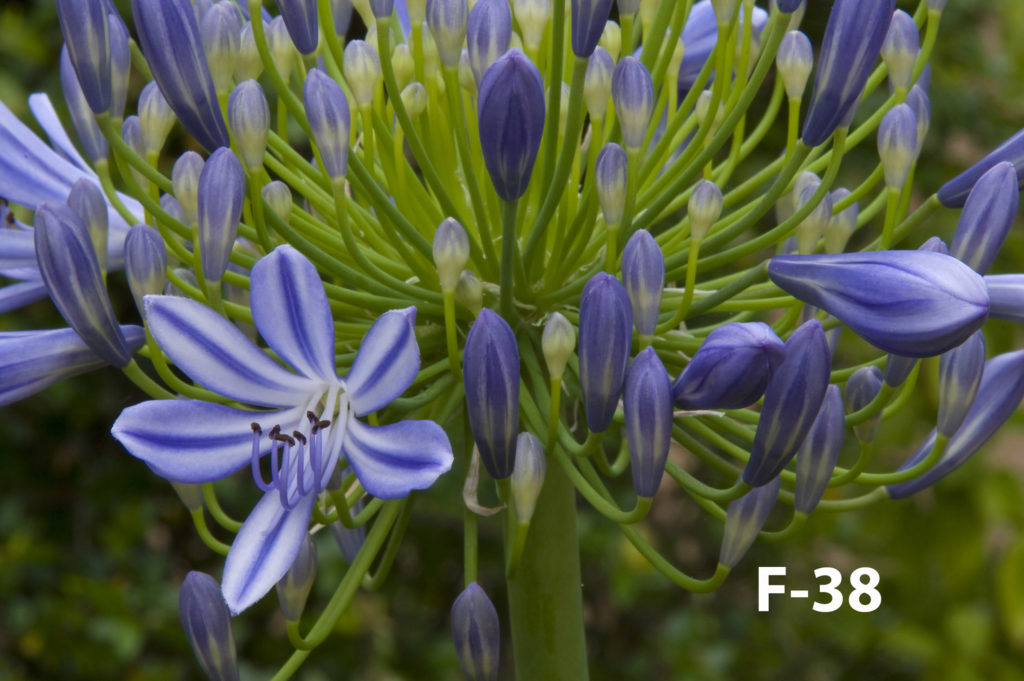
That’s just a very quick look at the three factors that can impact on depth of field in your photography. For a better understanding with more detail and illustration, be sure to check out the VIDEO.
Comments are closed.


